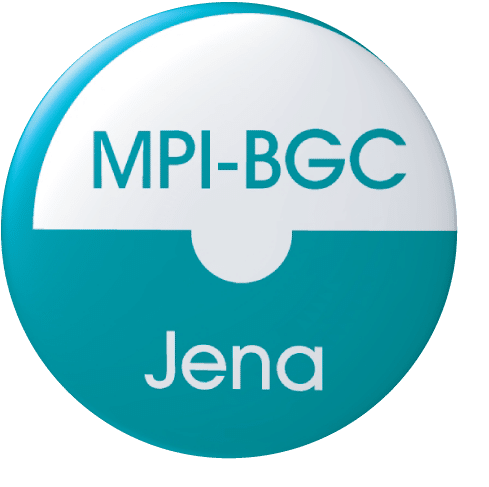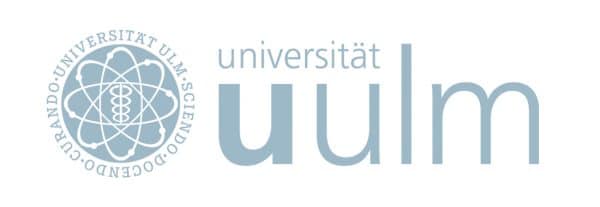Food preferences and mode of reproduction of oribatid mites along a land use gradient
Asexual reproduction is unusual in the animal kingdom and it is considered to be an evolutionary dead end. Meiosis and the recombination of genes as prerequisite for adaptation to changing environmental conditions do not exist. However, some oribatid mite species are asexual and persisted and evolved since 300 million years. About 10 % of all oribatid mite species are parthenogenetic. Oribatid mites dominate the mesofauna of soil and litter layers. Approximately 80 % of oribatid mites in soil are parthenogenetic. This is in contrast to the bark of trees in middle-european lowland forests, where 20% of them are parthenogenetic. Uncovering the reasons for this distribution is the aim of this work. It’s an important step to understand the ecological causes for sexual and asexual reproduction.
Scheu and Drossel (2007) introduced a model which states that parthenogenetic individuals will succeed over sexual ones in an environment of excessive food supply. The aim of our study is to proof this model. Additional, the food sources of oribatid mites are not well known. Identifying the food resources and food preferences of different species is also part of our study.
Both laboratory experiments and field studies were conducted.
The influence of food supply on oribatid mite communities on bark as well as in soil will be investigated.
- The ratio of parthenogenetic oribatid mite species increases with increasing intensity of land use.
- The ratio of parthenogenetic oribatid mite species increases with increasing amount of available nutrition.
- Phytophagous diet evolved convergently multiple times in the evolutionary younger groups of oribatid mites.
Soil samples were taken in forests along a land use gradient. The thickness of the litter layer differs between forests and will be used as a measurement for resources. Sex and species identity of sampled oribatid mites were determined. Subsequently the sex ratios were correlated with the amount of resources and oribatid mite density. Stable isotope ratios of 15N and 13C of single species were measured to classify their trophic position. In cooperation with the projects ‘LitterLinks‘ and ‘ModelWeb‘, the data will be merged for characterizing and modeling a soil food web. For investigations about the influence of resources on oribatid mite communities and their mode of reproduction on bark, fertilization with carbon and nitrogen will be applied. The species communities were sampled after different time spans of continuous fertilization.Erdmann et al. (2007) highlighted the difference of species identities on bark and in soil habitats. Oribatid mites on bark are associated with the growth cover and therefore with the food resource. This implies the hypothesis that oribatid mites in soil and on bark live in the respective habitat and use their specific food. To test this hypothesis, feeding experiments will be conducted in the laboratory. The Project ‘SoilAlgae‘ provides algal cell cultures. Typical oribatid mite species from bark and soil will be fed with typical algae each from soil and above ground habitats. We hypothesize that mites feed specific and prefer the algal species from their corresponding habitat.To test food preferences in the field, oribatid mites were collected (in cooperation with Steffen Boch, project Botanik) on bark and lichens. We want to proof if abundances of oribatid mites correlate with secondary compounds produced by lichens which potentially act as repellents.It is assumed that the interaction between resources and oribatid mites is an important factor which drives evolution. Especially the evolution of arboricolous and lichenivorous oribatid mites could be pushed by ecological factors.We constructed a phylogenetic tree for soil living and arboricolous mite species. The colonization of bark habitat occurred multiple times and convergently in the evolutionary younger taxa. These taxa consist mainly of strong sclerotized species which reproduce sexually. The data support the thesis that ecological factors were most important for the multiple colonization of bark by oribatid mites (Maraun et al. 2009).









